
You may hear your kids or grandkids talk about things like Snapchat or memes, and wonder what the whole fuss is about. But don’t forget that every generation had its own unusual fads and trends, that can seem absolutely silly or confusing to anyone who wasn’t a part of it. Do you remember Tang or pet rocks? The world is a fascinating place and one could never guess what will become wildly popular next. These are some of the most notable and memorable trends of the past century.
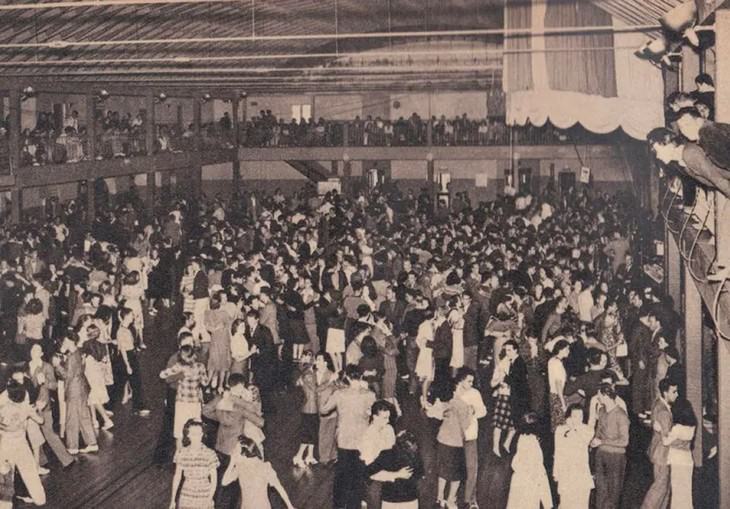
These dance contests were not there to find out who had the best moves but were rather more of an endurance test. Couples signed up to dance their hearts out until they passed out from exhaustion (that was the best-case scenario). Depending on the rules of the individual event, a competitor could be disqualified if their knees touched the ground.
The ruling styles on the dance floor were Charleston, foxtrot, and shimmy. Dance marathons could last from dozens to hundreds of hours; the longest one recorded lasted 3 whole weeks! As you might imagine these events could sometimes have tragic consequences. In 1923, for example, a 27-year-old man died after dancing with his partner for 87 consecutive hours without sleep.
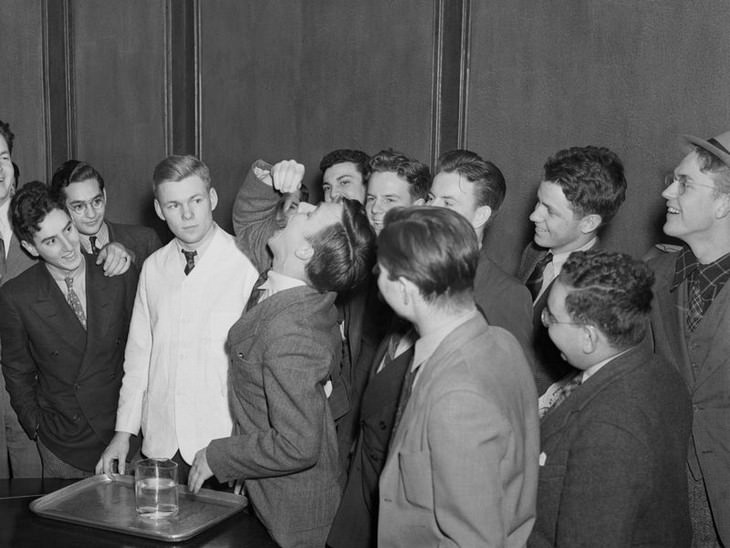
People attempting crazy challenges is hardly an invention of the internet-age. Many decades ago, there was a challenge going around that sounds just as silly as those of today: to swallow a live goldfish. It all started in 1939 when Harvard Freshman Lothrop Withington swallowed a live goldfish just because his friends bet him $10 that he wouldn’t. They set a date for the stunt and the rumor spread like wildfire. There was at least one reporter among the crowd of college students who came to watch Withington.
Thanks to the press, other college kids around the county soon heard of the challenge and wanted to try it for themselves. One MIT student downed 42 fish in one sitting. It became so popular politicians tried to intervene and make live fish eating an offense punishable by arrest. The bill didn’t pass and the trend eventually died down on its own.
Related: 8 Things That Were Normal In the Past and Seem Strange Now
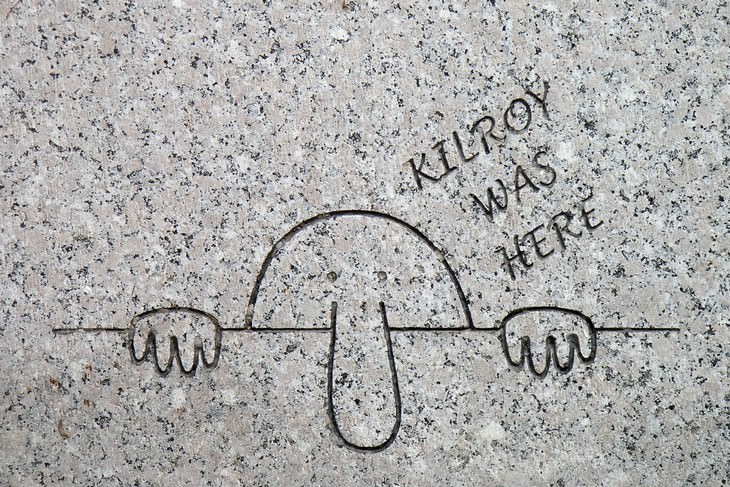
Image Source: Luis Rubio / Wikimedia Commons
This graffiti depicting a bald man with a big nose peeking over a wall appeared mysteriously all over Europe and the Pacific during World War II, on desolate buildings and notable landmarks alike. It always bore the title ‘Kilroy was here’.
But who was the original Kilroy? In 1946 the American Transit Association held a contest to finally determine the identity of Kilroy once and for all. About a dozen Kilroys came forward, but the jury believed the story of a shipyard worker named James J. Kilroy. He explained he started using the graffiti to prove to his superiors that he did finish the jobs he was assigned. Kilroy speculated that shipyard workers who had seen the marks and joined the military took the phrase with them and began writing it in Europe. ATA named him The Real Kilroy and rewarded him with a 12-ton streetcar.
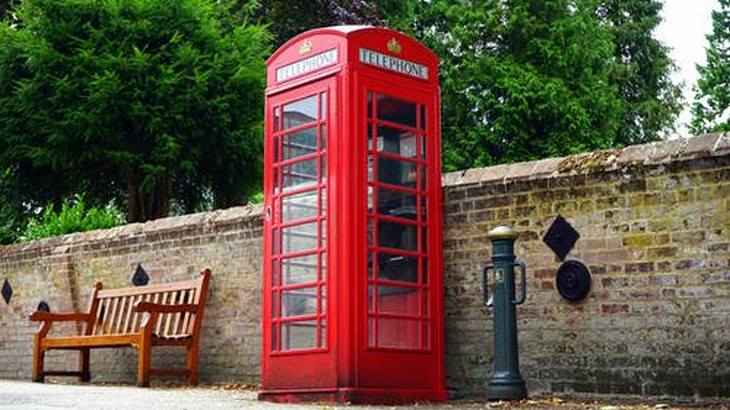
While phone booths are now pretty much obsolete, they were the center of one of the biggest college fads of the 1950s. The premise was simple: cram as many people as possible into one phone booth and take a picture before the people at the bottom suffocate. It all started with a group of students from Durban, South Africa, who managed to squeeze 25 people into one booth and admitted the result to The Guinness Book of World Records. This helped the dangerous trend spread world-over, and become especially popular in the US and the UK, where it was dubbed ‘telephone booth squash’.
The 1960s sure were an eventful decade. Everyone remembers the Space Race, but one of its more entertaining byproducts was the Tang craze. Kids in the 1960s were gulping down this orange-flavored powdered drink in their masses, but not necessarily because it tasted so great. It was made famous by John Glenn who drank it on his historical orbit around Earth in 1962. The advertisers of Tang didn’t miss the chance to capitalize on this connection, and reminded the public in commercials that it was the drink "chosen by the Gemini astronauts."
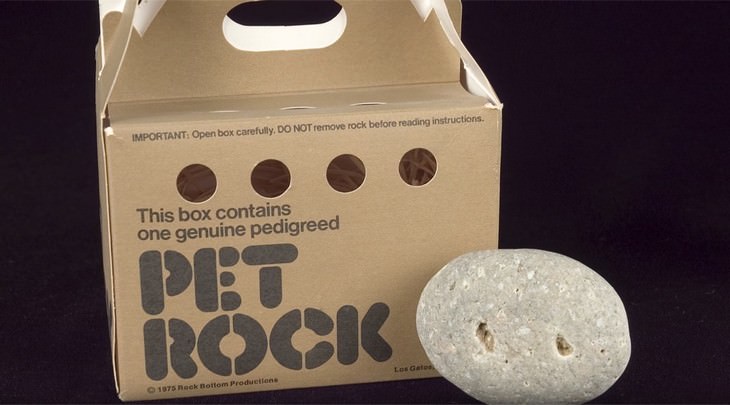
Image Source: Company Man / YouTube
During the 1970s advertising executive Gary Dahl brilliantly managed to make over a million people pay $4 for something they could easily find in their backyard: a rock. Yes, quite literally, just a rock. The pet rocks were smooth stones from New Mexico’s beach, and they were marketed as live pets, in custom cardboard boxes, complete with straw and breathing holes.
“People are so damn bored, tired of all their problems,” Dahl told People magazine in 1975. “This takes them on a fantasy trip — you might say we’ve packaged a sense of humor.”
Related: The Entire History of Time in 2 Minutes - Incredible!
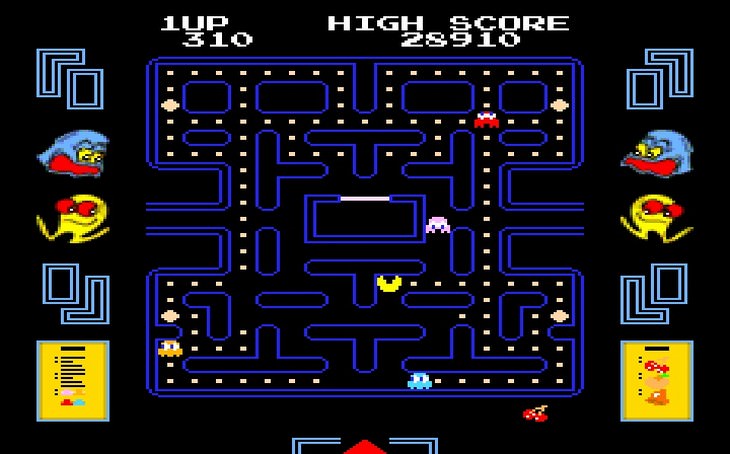
Image Source: Wikimedia Commons
There was another fun epidemic going around the 1980s - the Pac-Man fever. It wasn’t just young teens who were mesmerized by the video-game. People who wouldn’t normally care about gaming were eager to give it a try. The little yellow circle quite literally took over American pop culture - during the 80s there were Pac-Man themed cereal, clothing, cartoons, books, and even board games. It even inspired one unforgettable hit song titled, well, Pac-Man Fever.
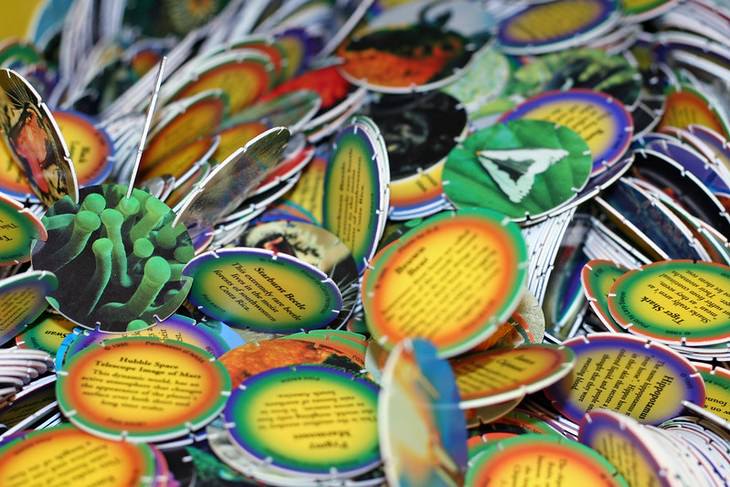
Image Source: Niall Kennedy / Flickr
The 1990s saw their fair share of memorable fads, so it wasn’t easy to choose just one. However, Tamagotchis and pogs stand out. The Tamagotchi wasn’t far off from the pet rock in concept, it was a pet that wasn’t an actual pet. Only Tamagotchi required a lot more attention - it needed to be cleaned after and regularly played with, all through the little digital device that could be carried around in your pocket. When the Tamagotchi didn’t get enough attention, it would beep and beep until you attended to it.
Another phenomenon every 90s kid would remember is pogs. Essentially, they were just colorful milk bottle caps, but to the dedicated pog collector, they were much more. This fad soared in the US in the mid-1990s - by 1994 alone, 350 million pogs were sold nationwide.
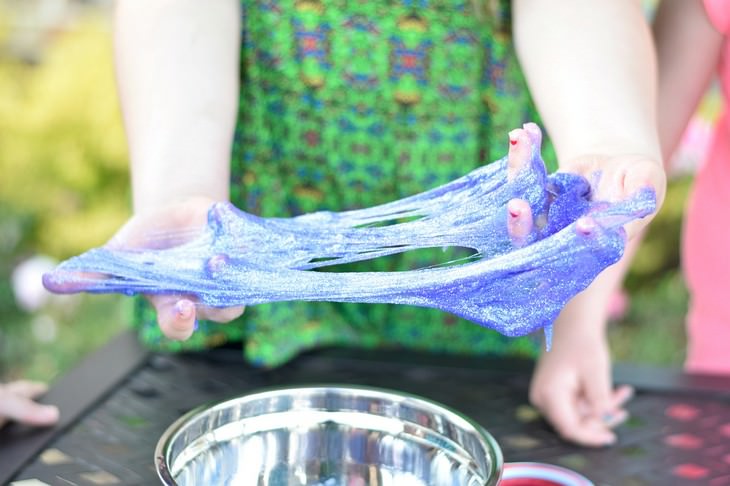
These days, thanks to social media, fads, and trends are changing so fast it’s hard to keep track. During the 2010s we had fidget spinners, slime, and the cinnamon challenge, to name a few. The New York Times declared fidget spinners were “the hula hoop of generation Z”, while Forbes called them "the must-have office toy for 2017". In that same year, a girl named Karina Garcia received a profile article in the New York Times for being the ‘slime queen’. In the article, she explained her secrets to making up to $200,000 every month with her slime-recipe videos.
If you found this article interesting, pass it on to family and friends